
Biosphere 2 (Image Katja Schulz for Flickr)
There is no doubt that ‘doomsday architecture’ is getting more and more refined as seen in part one of our series. From high-tech LED screens that mimic sunrises and sunsets – and fool our brains into believing in the passing of time – to indoor greenhouses and climbing walls, using décor and technology to simulate the natural world and give an impression of ‘reality’ is being brought to the next level.
In fact, in a 2020 article for The Guardian and penned by Bradley L Garrett, the writer who visited one of the condo-bunkers built out of military silos, Survival Condo, recounts one of the condo’s owners special “adjustment” to her flat; she “filmed Central Park from her Manhattan loft, during all four seasons, day and night, together with the cacophonous sounds of urban life. To accommodate this year-round record on video, Hall (Writer’s note: Larry Hall is Survival Condo’s CEO and developer) and the maintenance man ground down the cement wall of the silo and slathered it with reflective paint. Then they built a balcony with a railing and, using a $75,000 (about R1,100,000) throw projector, made it appear as if the resident could step on to the balcony to look over the city through sliding glass doors.”
It might sound both chilling – creating a ruse to make you believe in a faked reality – and impressive, because why not? Can watching a film reflecting the four seasons colouring Central Park be the same as feeling the four seasons colouring Central Park? In other words, if all goes wrong on our planet, could we adapt to living in a world à la Truman Show, even if we know it is an unrealistic fable of technological tricks?
Professor Jonathan Carr, the divisional head of Neurology at Tygerberg Hospital and the University of Stellenbosch explains that to answer that question, we need to look at “the human sleep-wake cycle” or our circadian rhythm, “a drive for being awake” and what might affect it. This includes our environment’s natural light.
He notes that right now, “It looks like our current artificial methods of illumination are quite likely not natural enough in terms of the spectrum…” He adds that “as always, there will be considerable variability: some people tolerate this without any difficulty, and some people will manifest a number of problems. Maybe, to speculate wildly, this represents the fact that we are much more a colony of bees than we think.”
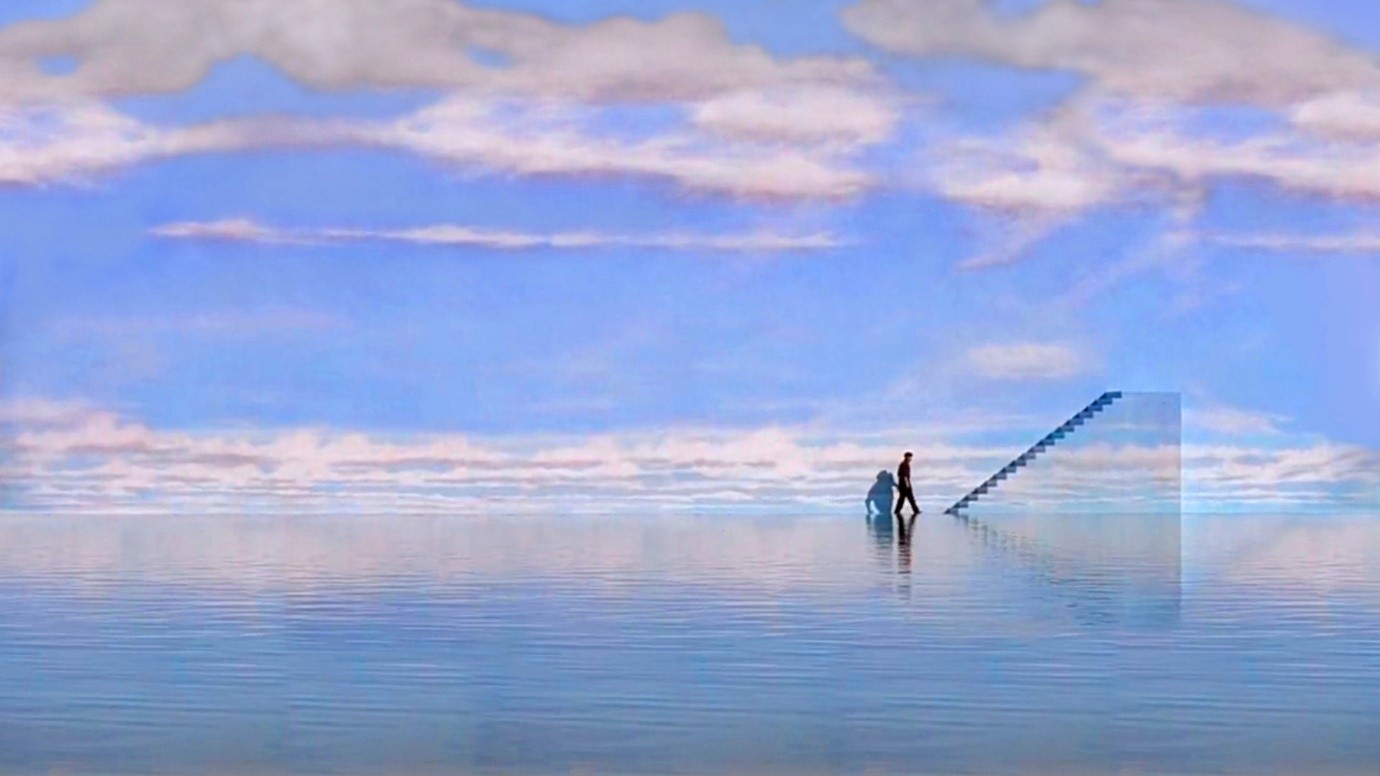

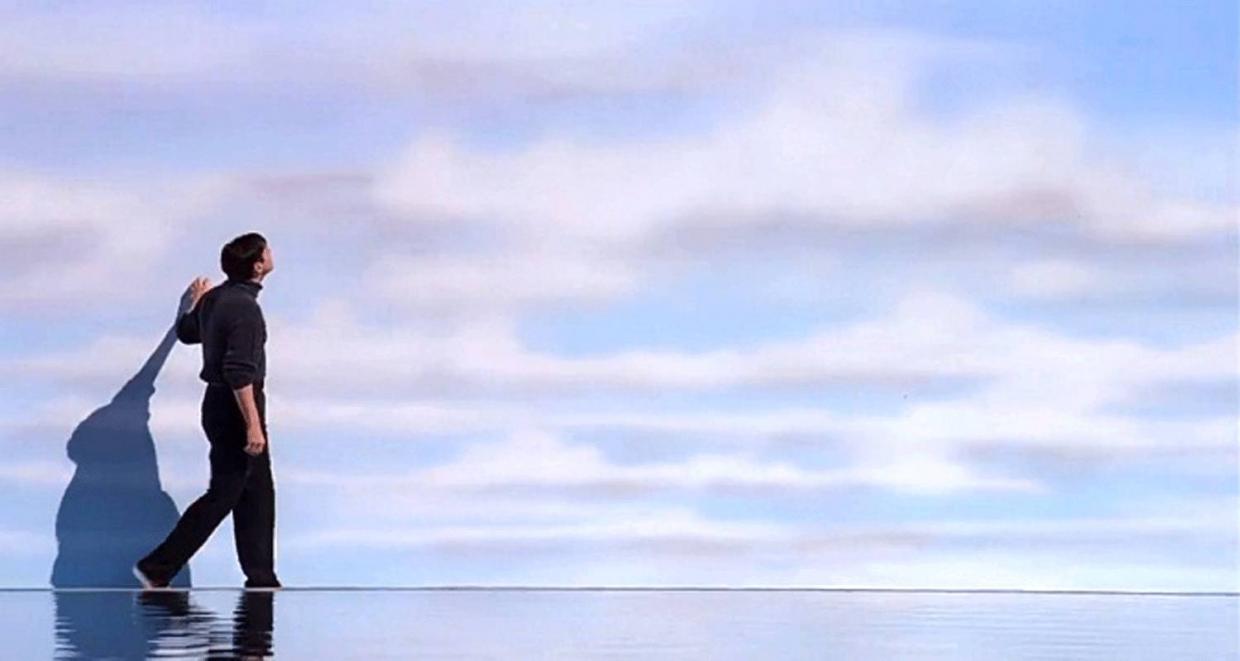

As for “developing structures to keep people in isolation and keep them happy” by creating a Truman Show-like world, Professor Carr is less convinced.
“I do not think it is possible to convince animals or humans that they are not confined when they actually are. A room with a setup of mirrors that shows an infinite horizon is still a small room lined by mirrors.
“You can probably fool the brain, by tweaking ambient light, into believing that sunrise has just occurred and that a 12-hour day has passed by followed by sunset; however that will only affect the circadian rhythm system, although one can probably sort out some of the sleep-related issues that occur with prolonged isolation/deprivation. But I cannot see any way that you can somehow fool a human into thinking they are not isolated when actually they are. I would think the overwhelming fear of being trapped in a small space for a very long period of time is so profound that most human subjects would find it intolerable.”
Fooling ourselves into believing we’re on a balcony overlooking Central Park while we’re underground in some remote forest in Ukraine might not be as simple as plugging an LED flat-screen on the wall and adding some clever tech.
But trying to live in confined spaces for prolonged periods of time to experience what life would be like in extreme – or unearth-like – situations is nothing new and nothing humans haven’t experimented with – with some degree of success – before.
Back in the early 1970s, a group of experimental theatre performers/ farmers/ hippies led by “systems ecologist, engineer, metallurgist, adventurer, and writer” John P Allen started to dream Biosphere 2 (Biosphere 1 being Planet Earth), an enclosed world that mimicked that of our planet (it would later include tropical rainforest, a savanna, and a coastal fog desert). On 26 September 1991, eight ‘Biospherans’ as they called themselves – four women, four men – entered the 12,700 square metre structure, shutting the door (and allegedly supplies, contact, and the planet’s oxygen) behind them.
Soon the project turned sour, from a loss of oxygen, “because the soil had spawned an explosion of oxygen-gulping bacteria. The crew felt as if they were living at 14,000 feet” says a New York Times article. Crops didn’t survive; cockroaches and mice settled in; the crew split into two camps and food supplies started to disappear, leaving starving members to suspect any one of their colleagues. (Steve Bannon – yes, that one – took over Biosphere 2 in 1993 and fired the crew a year later, replacing it with another crew and more drama for five months, before selling the place to Columbia University).
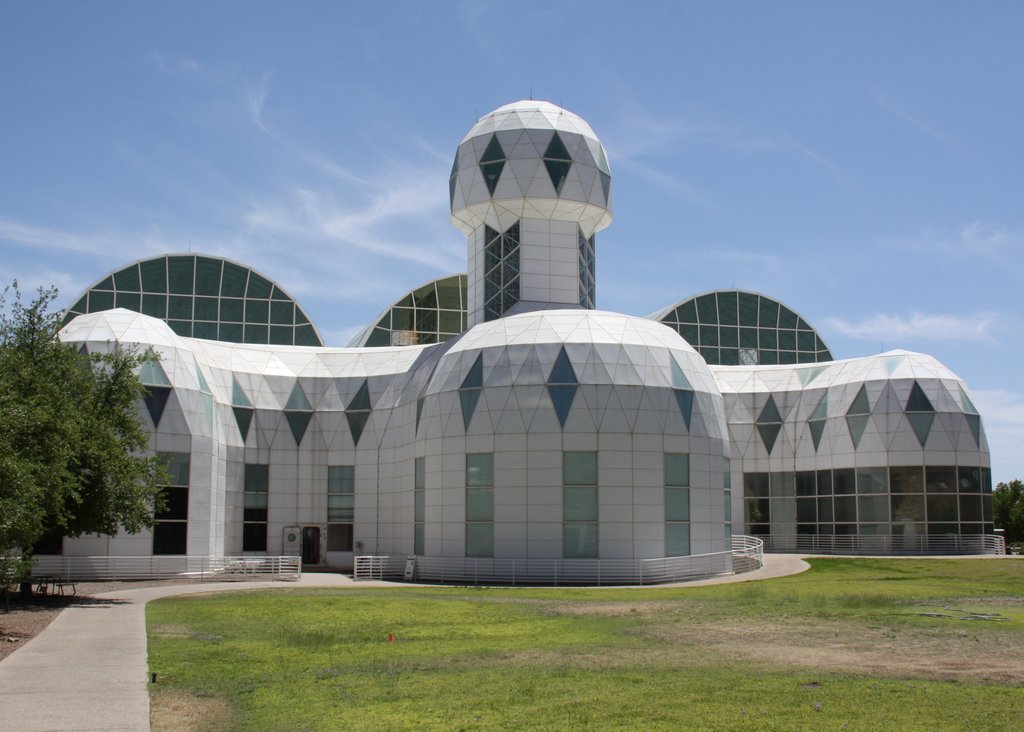

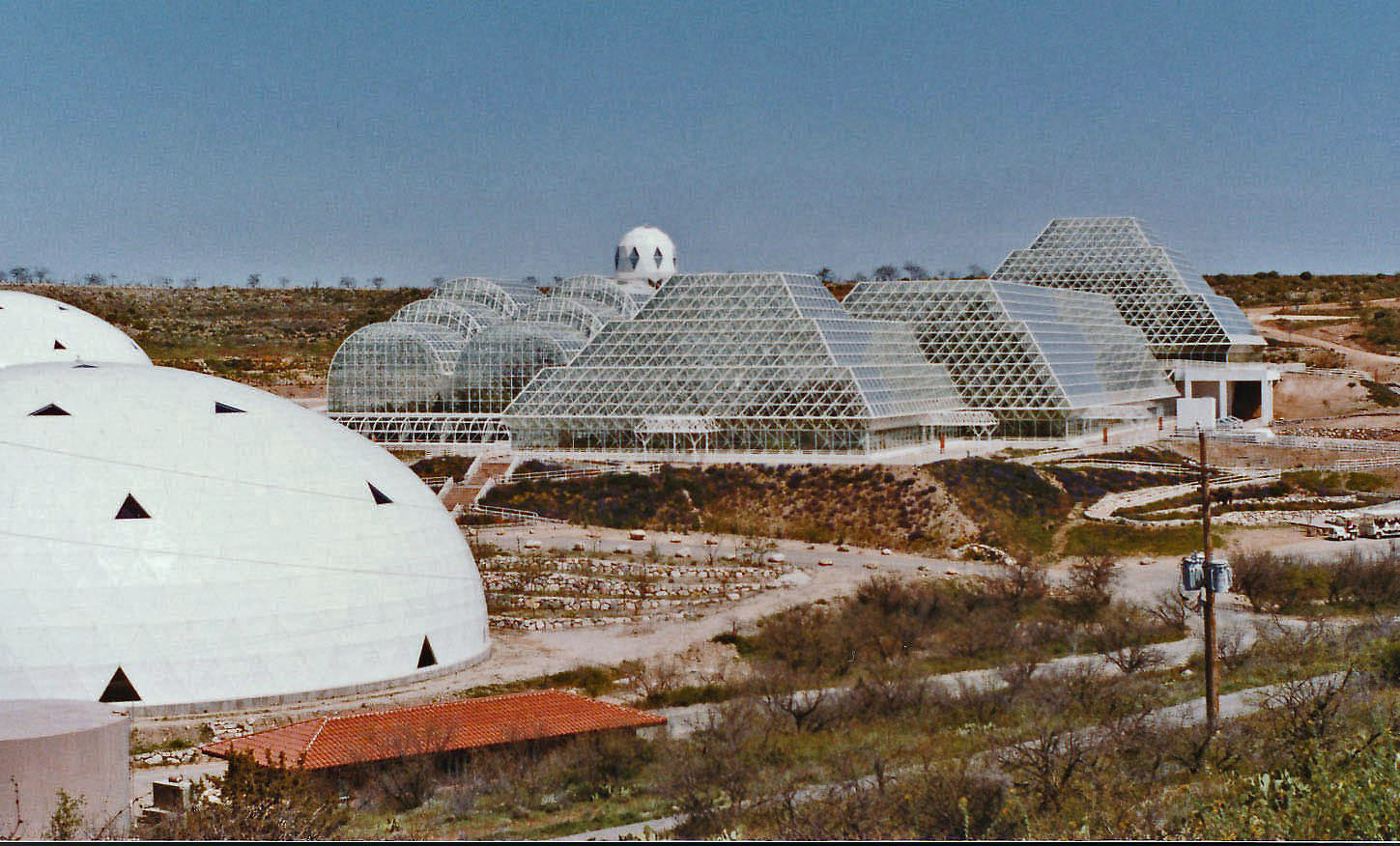

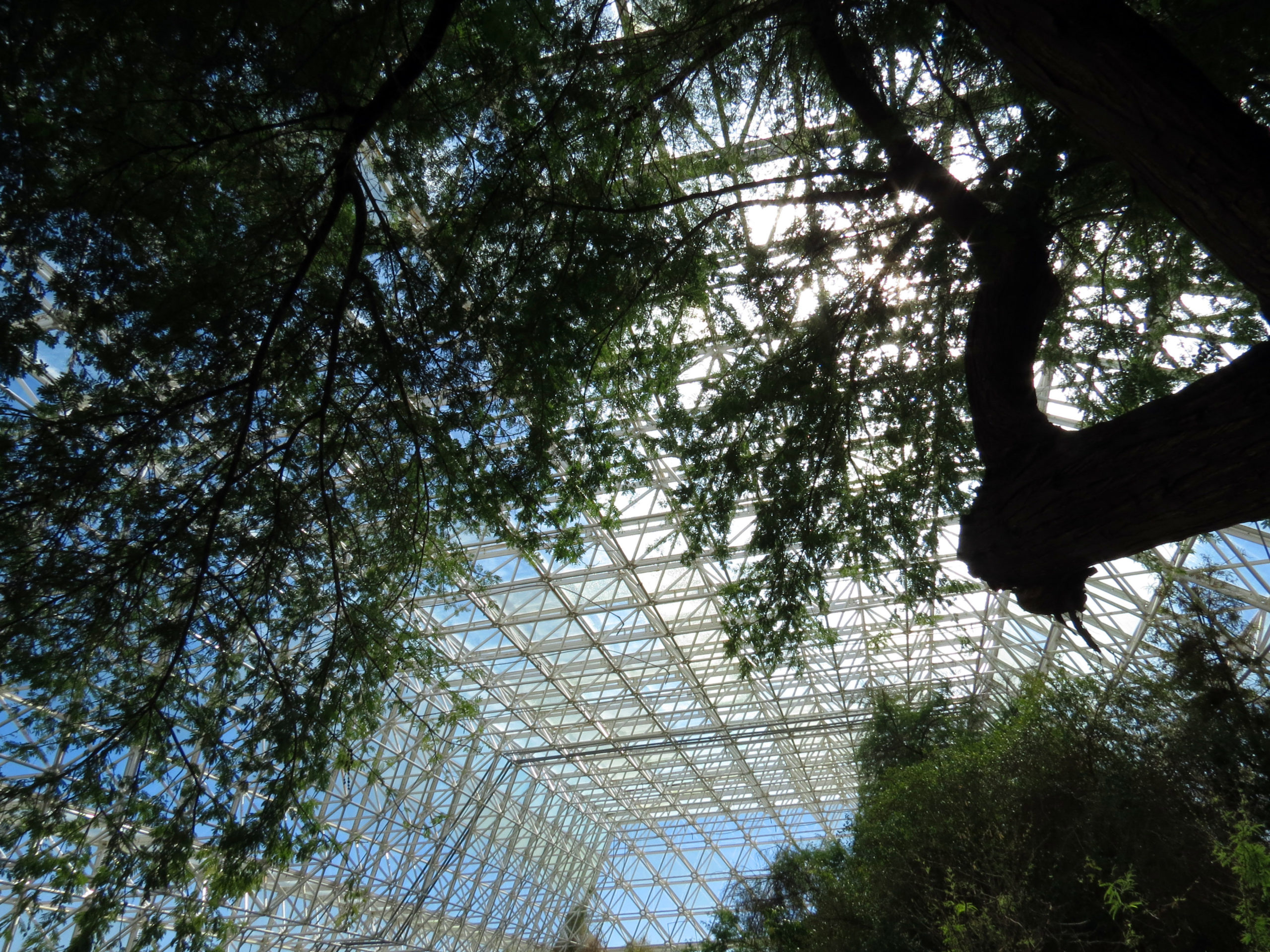

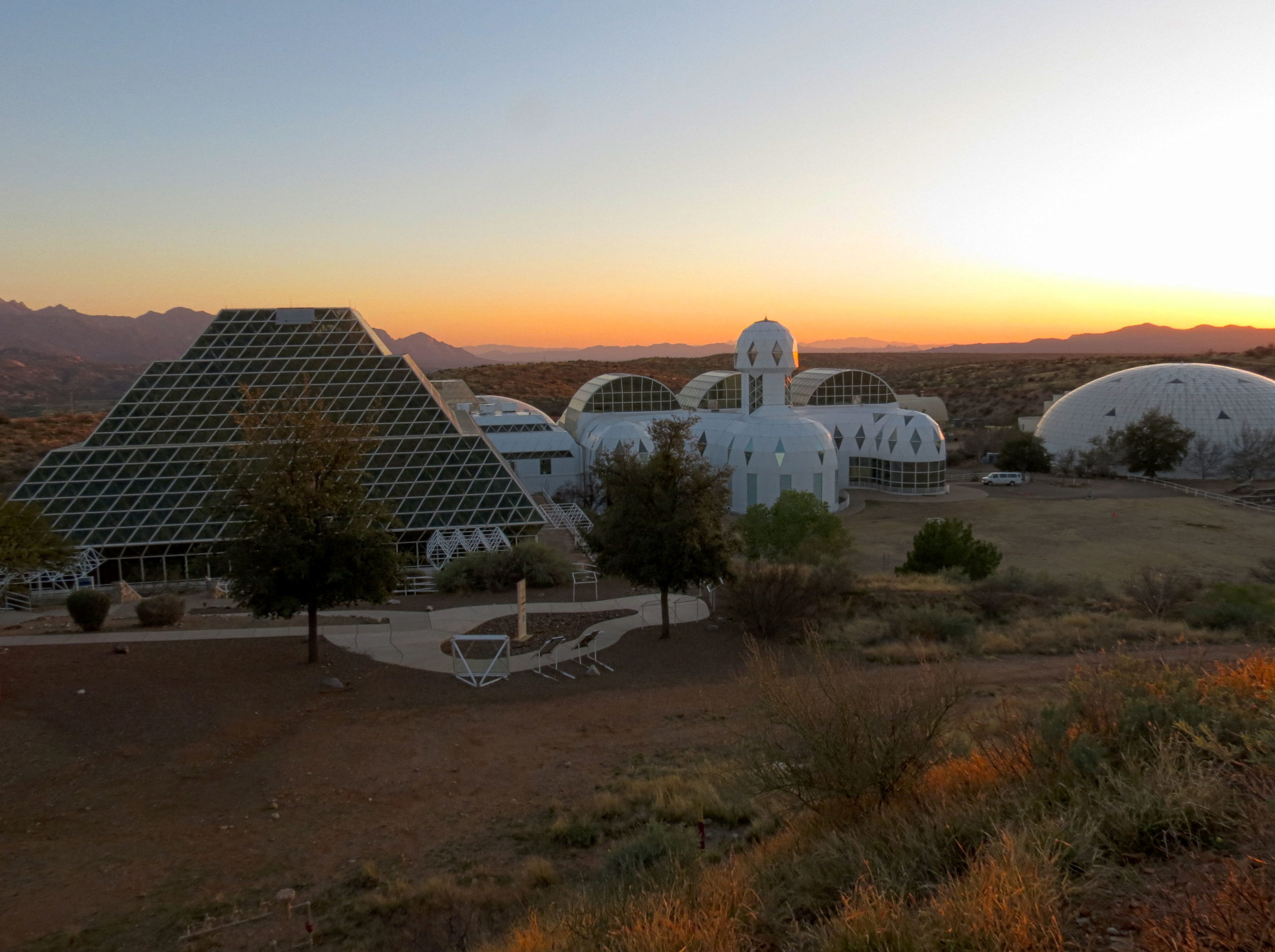

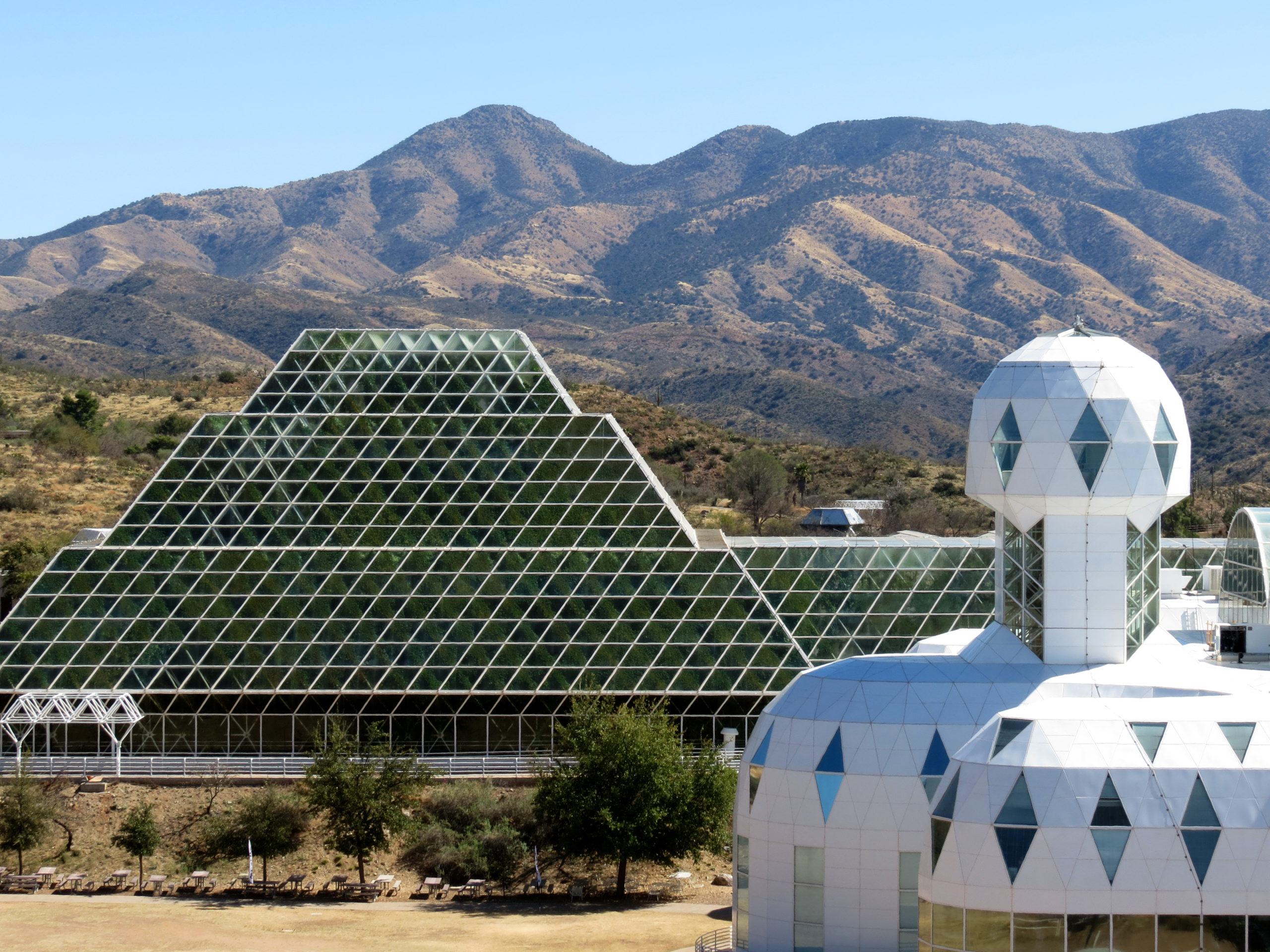

In short, the “living together in confinement” experience didn’t really prove successful.
In 2007, another experiment called Mars 500, saw “three different crews of volunteers (living) and (working) in a mock-up spacecraft at IBMP” for four years. “The mock-up facility simulated an Earth-Mars shuttle spacecraft, an ascent-descent craft, and the Martian surface. The volunteers who participated in the three stages included professionals with experience in engineering, medicine, biology, and human space flight. The experiment yielded important data on the physiological, social and psychological effects of long-term close-quarters isolation.”
A study published in 2014 dubbed, “During the Long Way to Mars: Effects of 520 Days of Confinement (Mars500) on the Assessment of Affective Stimuli and Stage Alteration in Mood and Plasma Hormone Levels”, noted that “the confined crew tended to assign positive ratings to negative pictures with time, which might be driven by a defensive system. There was a stage-changing pattern of psychological adaptation of the Mars500 crew, which is similar to the third-quarter phenomenon.”
The “third-quarter phenomenon” says Tara Law in an article for Time, is a term coined in 1991 “by researchers studying people living in cold regions… the phenomenon (still theoretical) is characterised by mood shifts among people nearly finished with a long period of isolation. Those affected often feel anxious, withdrawn, and increasingly vulnerable.”
In addition, in a 2001 paper dubbed “Psychosocial Issues in Long-Term Space Flight: Overview”, researcher Lawrence A Palinkas explains that, “For many individuals, the prospects of living and working in an isolated, confining and hostile environment for prolonged periods of time can be quite stressful. Crew members of long-term space missions must endure lengthy separation from family and friends, limits on communication with earth caused by delays in transmission, distortion of audio and visual signals, and the inability to detect nonverbal, face-to-face cues important in the communication and interaction between individuals. Space vehicles offer little in the way of privacy and personal space. In addition, territoriality is more likely to become important in such settings. Likewise, social monotony develops in response to the constant interaction with the same group of fellow crew members”.
The study quotes another 2001 research by Palinkas that “reported that 5.2% of a team of men and women who spent an austral winter in the Antarctic over a four-year period met the criteria for a DSM-IV disorder. Mood and adjustment disorders were the most common diagnoses, accounting for 31.6% of all disorders, followed by sleep-related disorders (21%), substance-related disorders (10.5%), and personality disorders (7.9%). Significantly, each of these individuals had undergone successful psychiatric and psychological screening prior to their deployment to the Antarctic.”
In addition, researchers have noted less cohesiveness in groups that spend prolonged time in isolation, even though they are together, noting that “Several studies of crews aboard nuclear submarines, other undersea submersibles, and land-based space simulators found decreased group cohesiveness and social interaction, and increased interpersonal conflict and anger displacement to outside observers over time (Haythorn, 1970),” concluding that “even this cursory review suggests that a number of psychosocial issues will become paramount as human beings begin to venture further from earth for longer periods of time.”
Before we colonise Mars or dig deep into the ground to escape the apocalypse, learning to appreciate, preserve and protect life on our blue planet might still be, for a little while longer, our best bet. DM/ ML

No comments:
Post a Comment